$500,000 might sound like a lot, but in today’s housing market, it may not stretch as far as you’d think. As of June 2025, the median sale price for a home in the U.S. is roughly $447,000. So how much is a mortgage on a $500K home? Let’s break it down.
How much is the monthly mortgage payment on a $500K house?
In addition to repaying the principal amount of the loan, the monthly mortgage payment includes additional costs that can vary based on location and mortgage type. While principal and interest make up the bulk of your payment, additional expenses like property taxes and homeowners insurance will impact how much you actually pay each month.
Here’s what’s typically included in your mortgage payment:
- Principal and interest: The amount borrowed plus the interest charged by your lender
- Property taxes: Set by your local government and vary based on location
- Homeowners insurance: Protects your home against damage and liability
- Private mortgage insurance (PMI): Required if your down payment is less than 20%
The amount you end up paying each month depends on your interest rate, loan type, and down payment size. Below, we’ll break down what the estimated monthly mortgage payments for a $500,000 home look like based on how much money you put down upfront.
Example monthly payments for a $500K home (30-year loan at 7.25% interest)
These estimates include the main components of a mortgage payment: principal, interest, and average additional costs like taxes and insurance.
| Down payment | Loan amount | Monthly payment (principal + interest) | Estimated total payment (including taxes + insurance) |
| 20% ($100K) | $400,000 | $2,729 | $3,450 |
| 10% ($50K) | $450,000 | $3,070 | $4,072 |
| 5% ($25K) | $475,000 | $3,240 | $4,258 |
Example monthly payments for a $500K home (15-year loan at 6.375% interest)
| Down payment | Loan amount | Monthly payment (principal + interest) | Estimated total payment (including taxes + insurance) |
| 20% ($100K) | $400,000 | $3,457 | $4,178 |
| 10% ($50K) | $450,000 | $3,889 | $4,891 |
| 5% ($25K) | $475,000 | $4,105 | $5,123 |
Property taxes and insurance vary by location, so actual monthly costs may differ.
Want a more tailored estimate? Use the Redfin Mortgage Calculator.
How interest rates affect your monthly mortgage payment
Interest rates play a major role in determining your mortgage payment. Even a seemingly insignificant increase can significantly raise the total amount you pay over the duration of your mortgage.
Example: monthly payment at different interest rates
For a 30-year fixed mortgage with a $400K loan amount, here’s how your interest rate affects total costs:
| Interest rate | Monthly payment (P&I) | Total interest paid over 30 years |
| 6% | $2,398 | $463,280 |
| 6.5% | $2,528 | $510,080 |
| 7% | $2,661 | $557,960 |
| 8% | $2,935 | $656,600 |
A 1% increase in interest could cost you tens of thousands of dollars more in interest over the life of the loan. Having a higher credit score and a larger down payment can help you secure a lower rate, reducing your total costs.
How loan type affects your mortgage payment
There are multiple loan types to choose from, and each one uniquely impacts your monthly mortgage payment and interest paid over time. Here’s how the most common options compare with a 20% down payment:
| Loan type | Monthly payment (P&I) | Pros | Cons | Best for |
| 30-year fixed mortgage | $2,729 | Lower monthly payments
Easier to qualify for |
Higher total interest
Slower equity build |
Buyers who want to spread payments over a longer period |
| 15-year fixed mortgage | $3,457 | Pay off your home faster.
Less total interest |
Higher monthly payments
May be harder to qualify |
Buyers who can afford larger payments and want to save on interest |
| Adjustable rate mortgage (ARM) | $2,729 (initially) | Lower initial payments
Good for short-term buyers |
Payments can rise significantly after fixed period
Unpredictable long-term costs |
Buyers planning to sell or refinance before rates adjust |
How much should you put down on a $500K house?
Your down payment impacts your loan amount, monthly payment, and the need for private mortgage insurance (PMI). A higher down payment means a smaller loan, lower interest costs, and, if you put down at least 20%, eliminates the need for PMI.
Common down payment options
- 20% down ($100K) – No PMI, lower monthly payments, and less interest paid over time
- 10% down ($50K) – PMI required, moderate monthly payment
- 5% down ($25K) – PMI required, highest monthly payment, and most interest paid
If you can’t afford 20% down, that won’t prevent you from purchasing a home. Many lenders offer low-down-payment loans, like FHA loans with as little as 3.5% down or VA/USDA loans with 0% down for eligible buyers. While you’ll pay more over the life of the loan, a smaller down payment can help you get into a home sooner.
Income needed for a $500K home (30-year loan at 6.5% interest)
Before you decide on a home, it’s important to determine just how much house you can afford based on your expenses and income. Lenders often suggest following the 28/36 rule to assess affordability – this guideline suggests that your monthly housing costs shouldn’t exceed 28% of your gross income, while total debt payments (like loans and credit cards) should remain south of 36%.
Below is a breakdown of the income typically needed to afford a $500,000 home based on the 28/36 rule.
| Gross monthly income | Affordable mortgage payment | Can afford a $500K home? |
| $6,000 ($72K/year) | ~$1,680 | No |
| $9,000 ($108K/year) | ~$2,520 | No |
| $12,000 ($144K/year) | ~$3,360 | Yes |
| 15,000 ($180,000/year) | ~$4,200 | Yes (more comfortably) |
If your current income doesn’t allow you to comfortably afford a $500K, you may still qualify by:
- Making a larger down payment to reduce your loan amount
- Improving your credit score to qualify for a lower interest rate
- Reducing other debts to improve your debt-to-income ratio
A higher down payment or lower interest rate can help make a $500K home more affordable.
Final thoughts
Interest rates, loan type, and down payment size are the main factors that will determine your mortgage payment on a $500,000 house. A higher down payment and lower interest rate can save you hundreds per month and tens of thousands over the duration of your mortgage.
Before buying, consider:
- How much you can afford based on your income and debt profile
- The effect that current interest rates will have on your mortgage payments
- The best loan type for you based on your financial situation
Before taking the plunge and closing on a house, it’s important to understand the financial details behind such a massive investment. Getting familiar with the numbers will put you in a position to win.


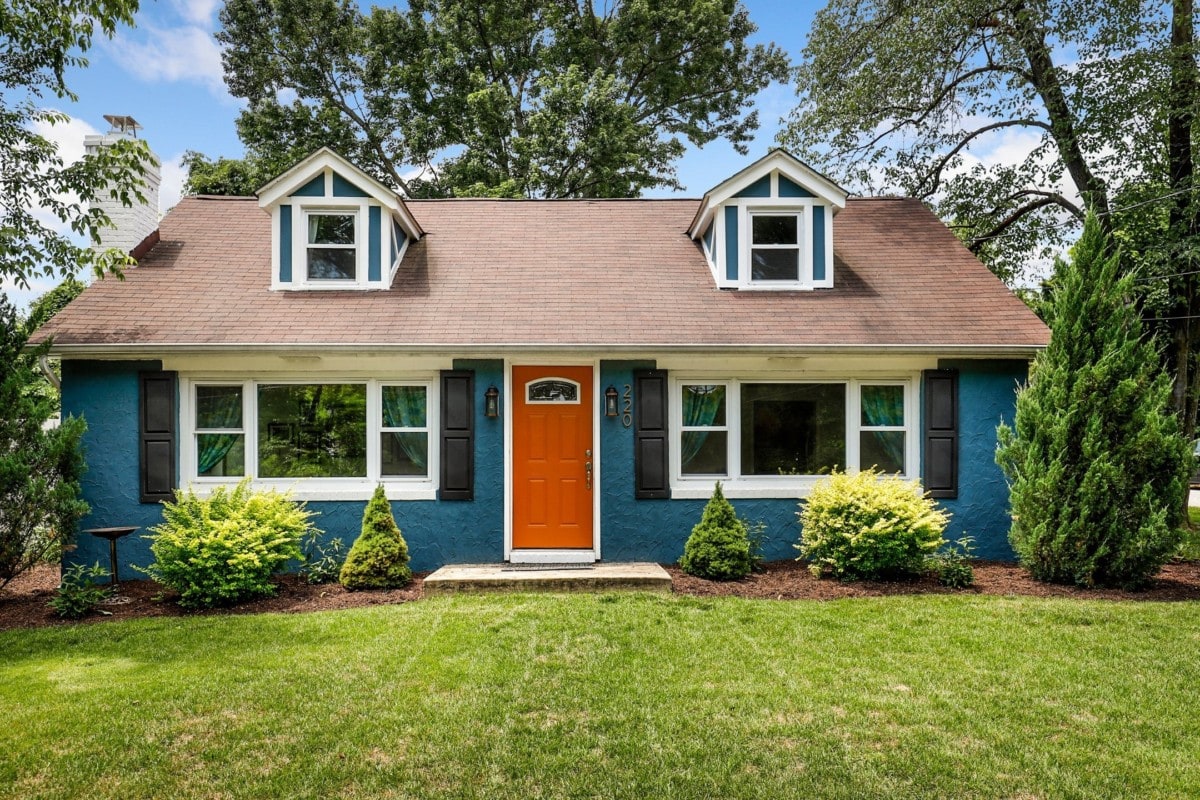


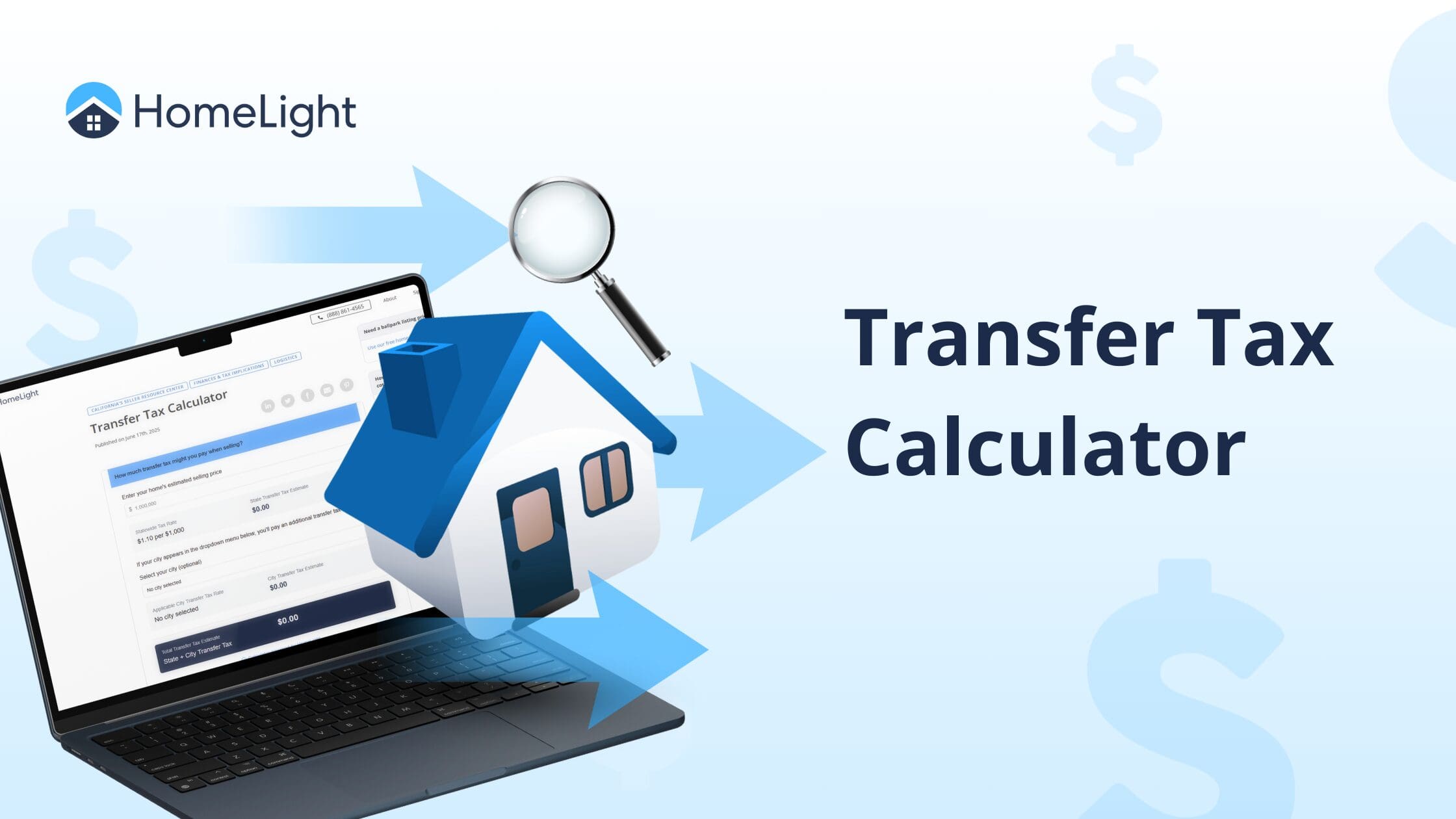

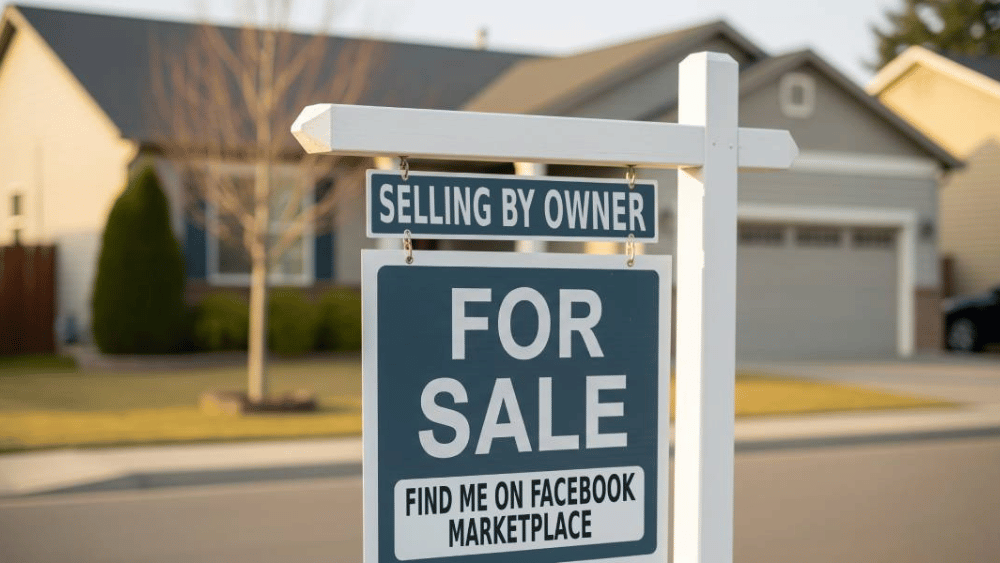
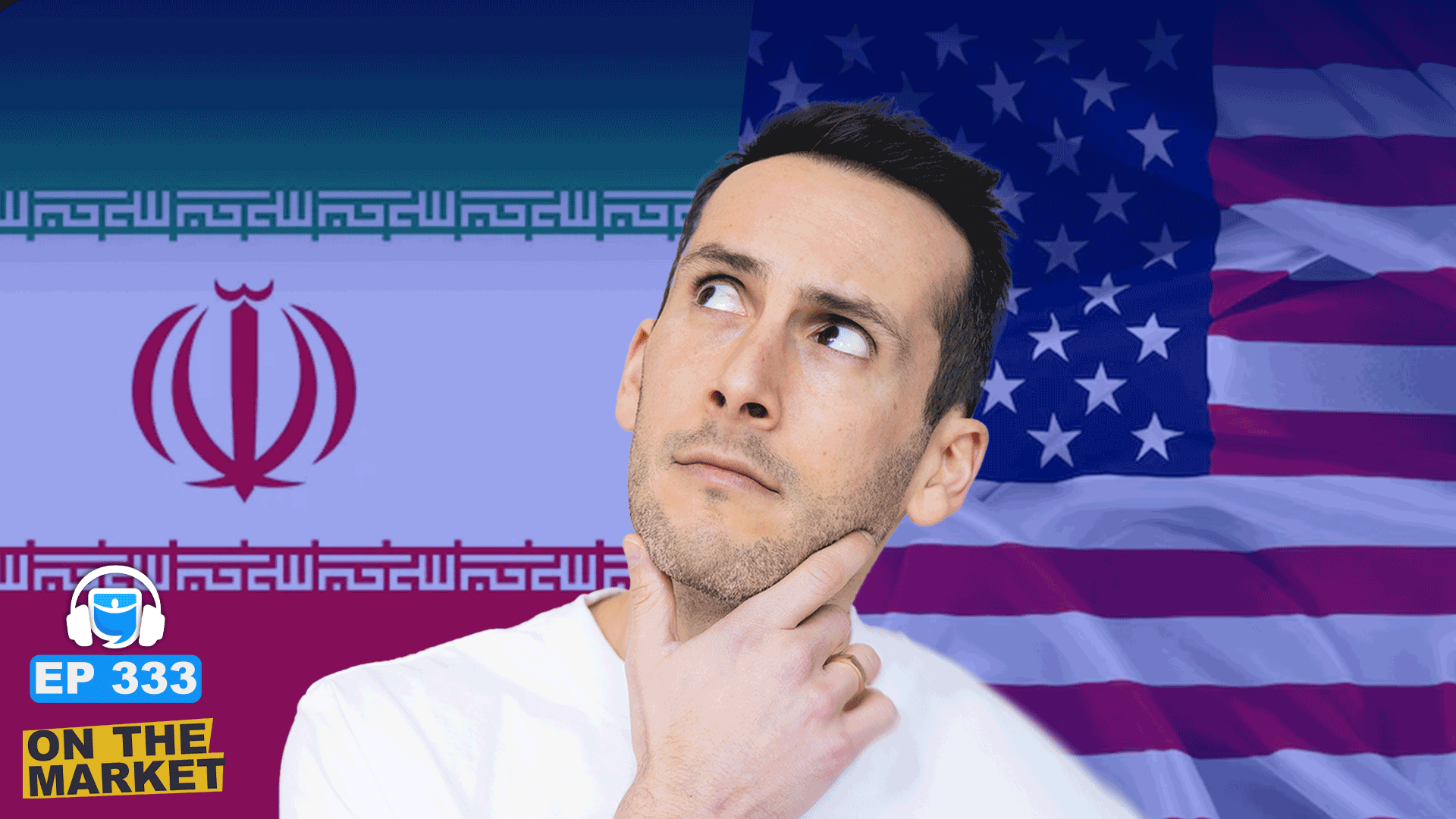



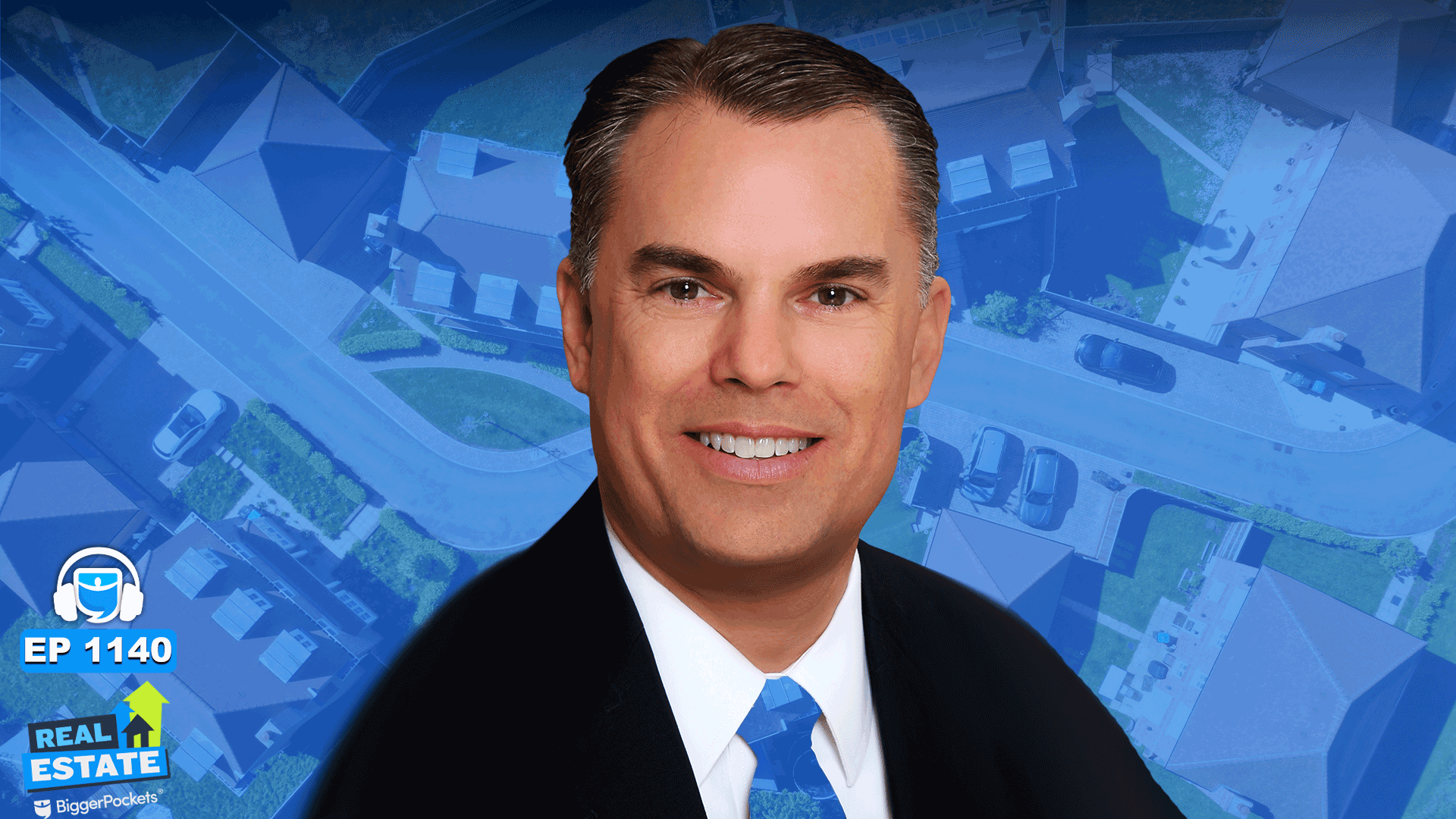

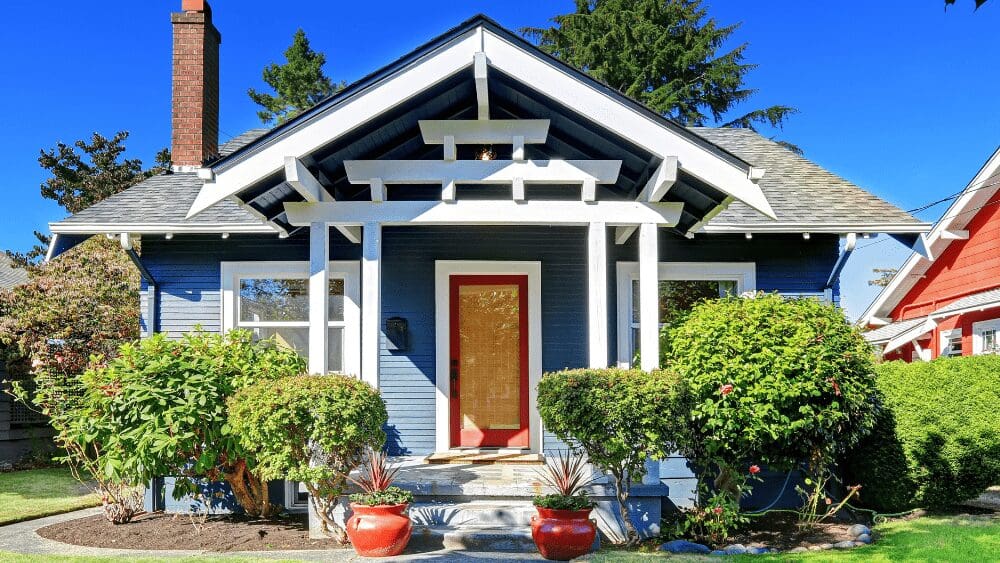


 English (US) ·
English (US) ·